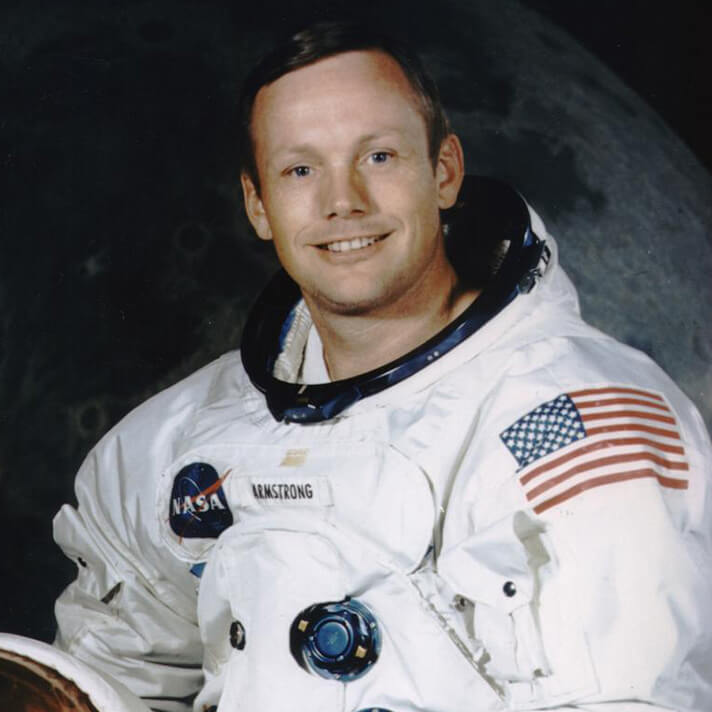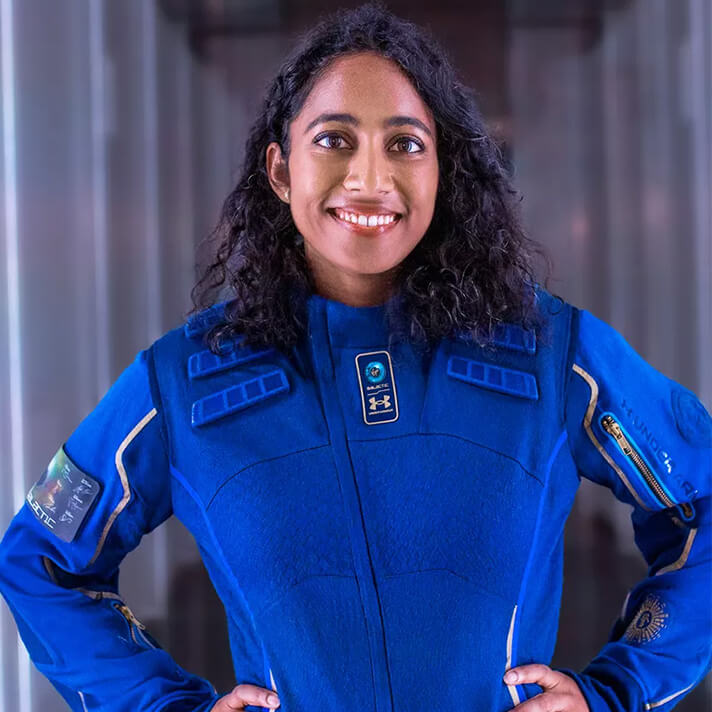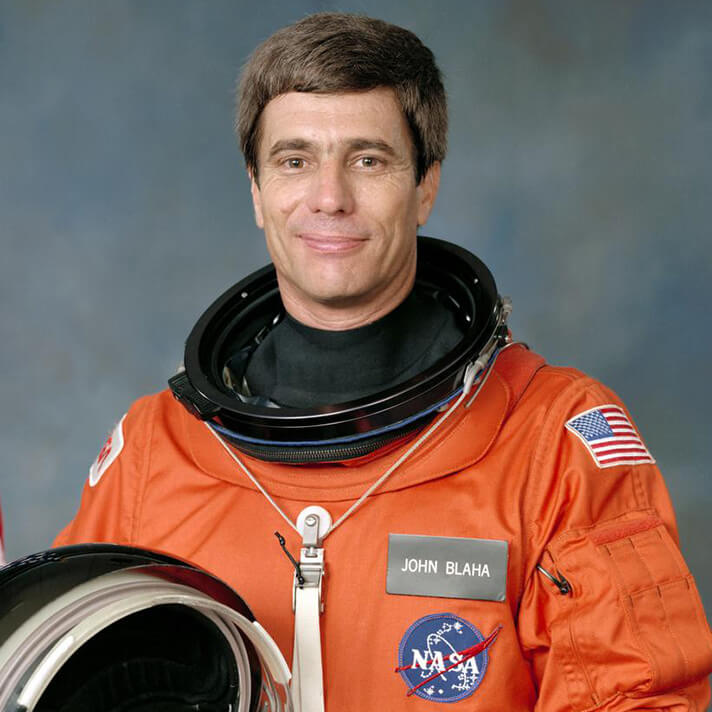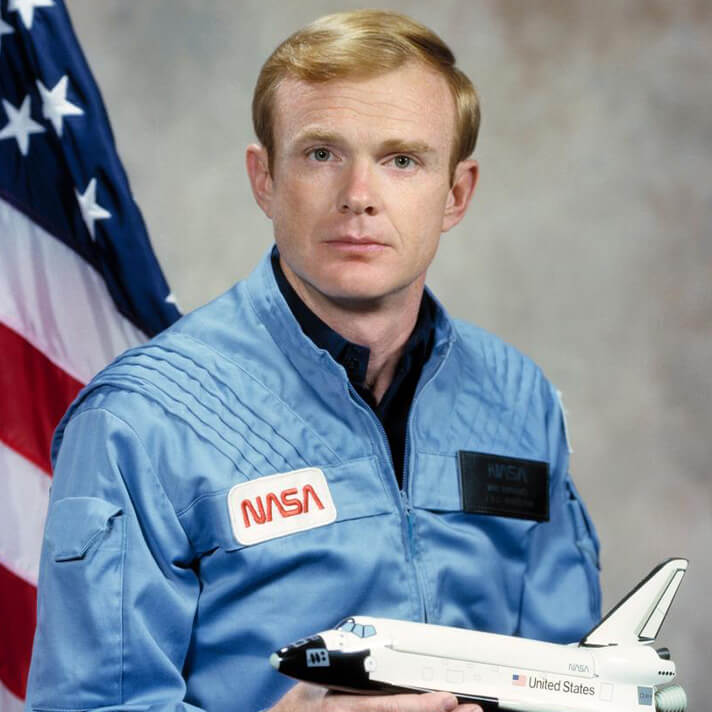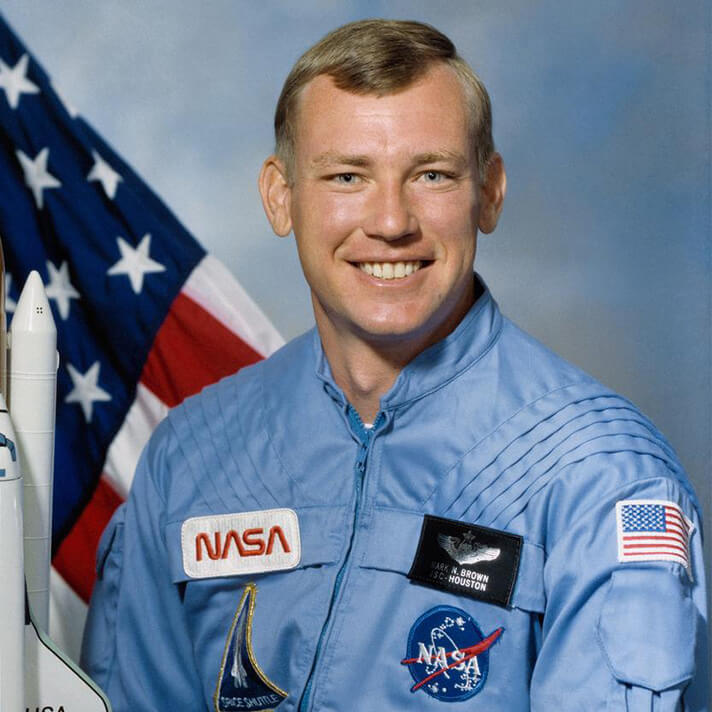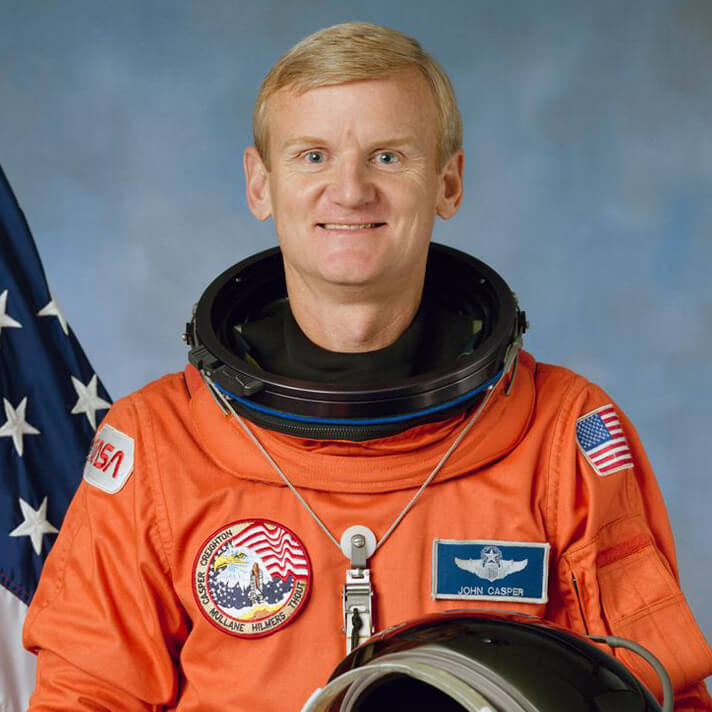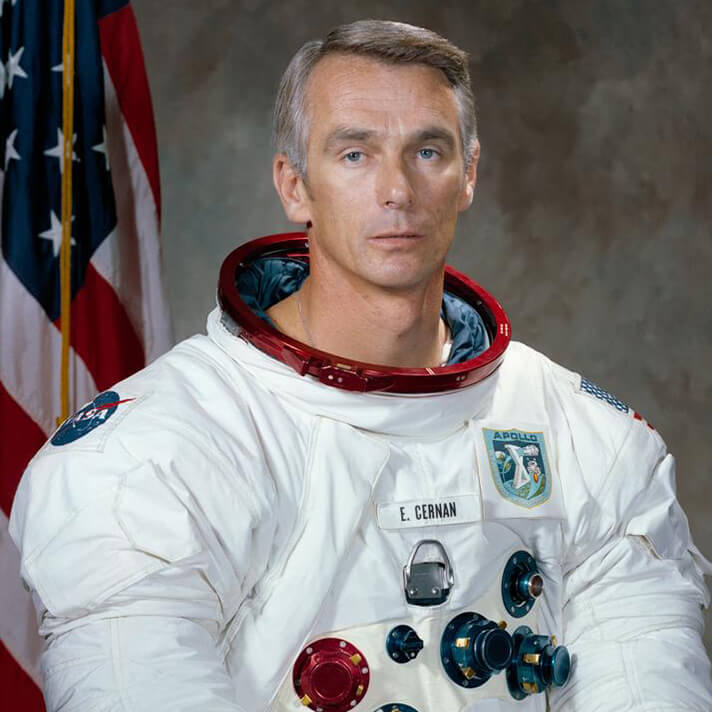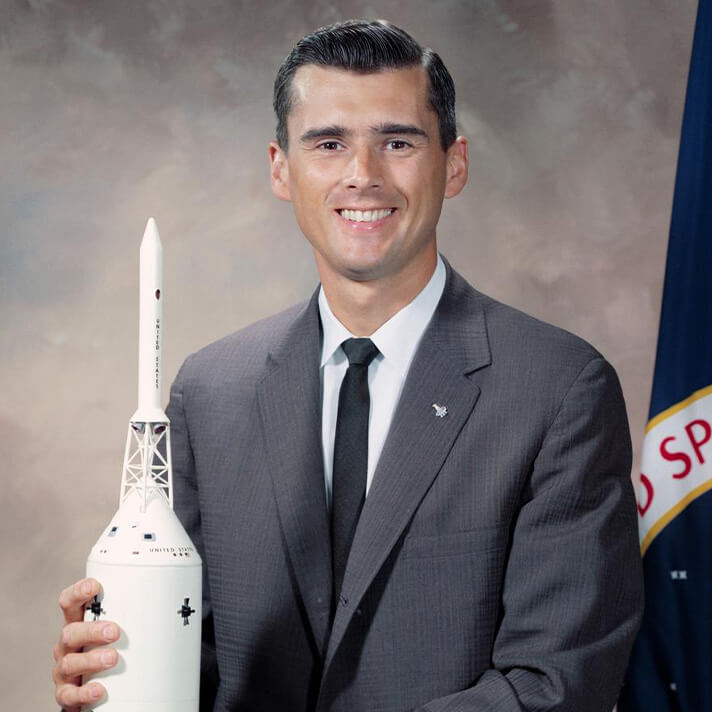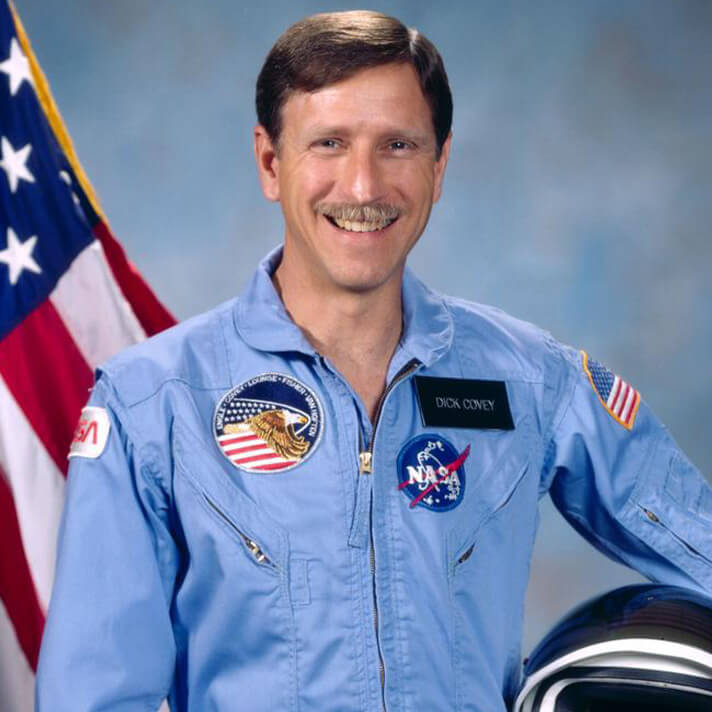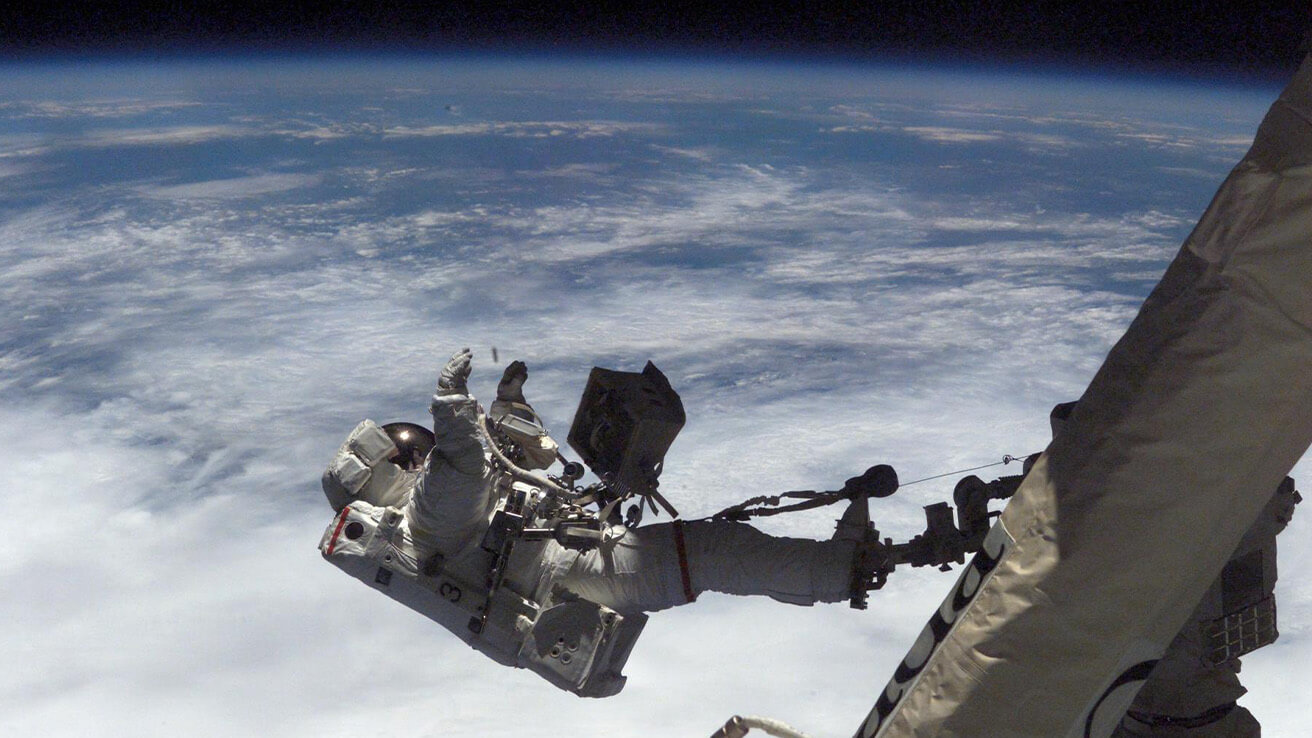
David Wolf
BS electrical engineering ’78
Born: 1956
Missions: STS-58, 86, 89, 112, 127
Medical doctor and electrical engineer David Wolf logged more than 168 days in space – including a 128-day stint aboard the Russian space station Mir – in four separate missions. He also completed seven spacewalks and totaled 47 hours, 5 minutes of extravehicular activity.
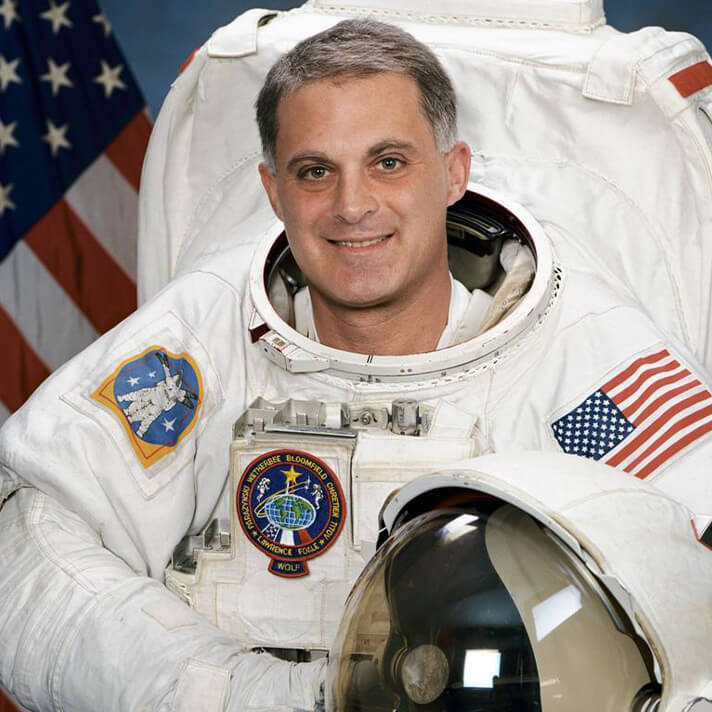
David Wolf NASA Bio
Learn More
NASA selected Wolf for the astronaut program in 1990, and he first traveled to space three years later as a mission specialist aboard space shuttle Columbia on the STS-58 mission. Known as the “Spacelab Life Sciences 2” mission, STS-58 – which was commanded by Boilermaker astronaut John Blaha – earned recognition at NASA as the most successful and efficient Spacelab flight ever flown.
Wolf underwent cosmonaut training in Star City, Russia, in 1996-97 in preparation for the NASA-Mir 6 mission. Space shuttle Atlantis transported him to Mir in September 1997, and he remained until January 1998, conducting numerous experiments and studies entirely in the Russian language. While aboard, Wolf became the first American to vote from space, casting a ballot in a 1997 local election in Texas.
Wolf conducted three spacewalks during the 2002 STS-112 mission, spending a total of 19 hours, 41 minutes installing a truss segment and other extravehicular activity hardware at the International Space Station.
He conducted three more spacewalks during 2009’s STS-127, a mission commanded by fellow Boilermaker astronaut Mark Polansky. The crew delivered the Kibo Japanese Experiment Module Exposed Facility and Experiment Logistics Module Exposed Section to the International Space Station. When their space shuttle Endeavour docked with the space station, they set a record for the most people (13) in space at the same time aboard one spacecraft.
As a Purdue student and later during medical school, Wolf worked in medical ultrasonic imaging. He subsequently trained as a flight surgeon with the U.S. Air Force and joined the staff at Johnson Space Center in 1983. As a NASA engineer, he helped develop the first ultrasound equipment to go into space and study human cardiovascular adaptation to zero gravity. He also helped design and build the medical facility that would go on board the International Space Station.
Wolf retired from NASA in 2012.
